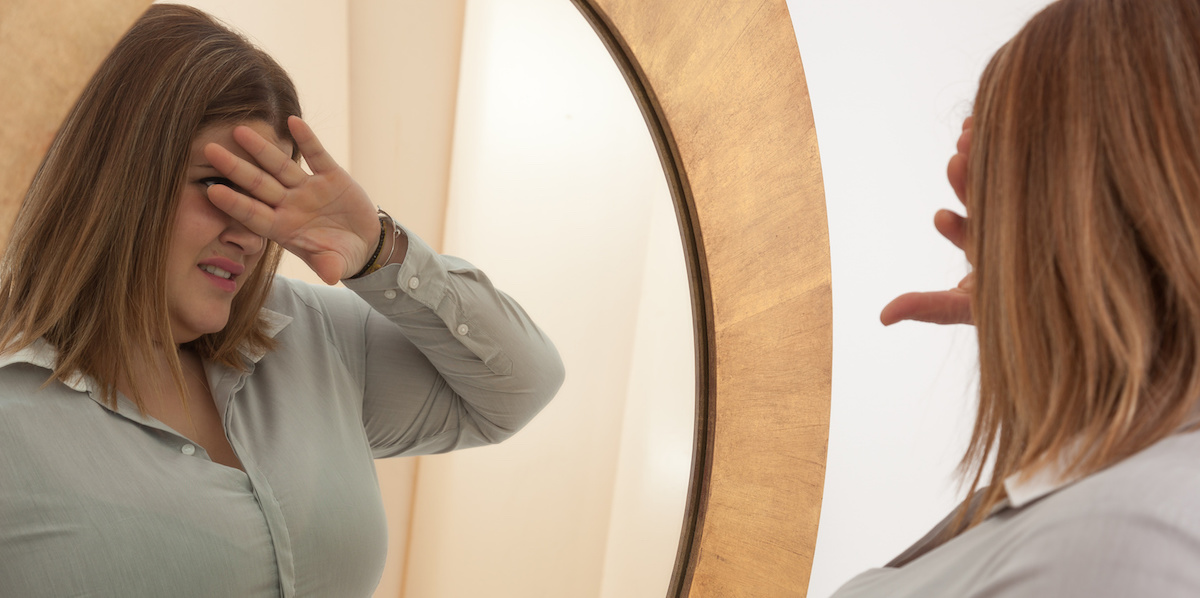
The following is excerpted from an online article posted by HealthDay.
Many teens – especially girls – are affected by body dysmorphic disorder, a condition in which they become obsessed with perceived flaws in their personal appearance, a new study shows.
BDD affects about two in every 100 teens (1.9%), according to a report published in the Journal of the American Academy of Child and Adolescent Psychiatry.
The disorder is six times more common in girls than in boys, affecting 1.8% of girls compared to 0.3% of boys, the researchers said.
These numbers show it’s important for doctors to keep an eye out for signs of the disorder, said lead researcher Georgina Krebs, an associate professor of psychology with University College London.
For the study, researchers analyzed data from more than 7,600 kids and teens who participated in the 2017 Mental Health of Children and Young People in England survey.
The survey included a question about whether the child is ever concerned with how he or she looks. Those who answered “a little” or “a lot” underwent further screening for BDD.
Nearly 70% of young people with BDD also met the diagnostic criteria for at least one other psychological disorder, researchers found.
The most common mental health problems occurring alongside BDD were anxiety disorders (59%) and depression (32%), results show.
What’s more, nearly half (46%) of young people with BDD report self-harm or suicide attempts, compared to 8% of those without the disorder.
“Screening for BDD in young people with anxiety disorders and depression, the most common co-morbidities, is likely to improve detection,” Krebs said.
Researchers found that teens who were excessively preoccupied with their appearance, but did not meet the diagnostic standard for BDD, also showed similar patterns of co-existing mood problems.
Source: HealthDay
https://www.healthday.com/health-news/child-health/body-dysmorphia-affects-many-teens-especially-girls

 TikTok Skin-Care Trends May Be Harming Teens
TikTok Skin-Care Trends May Be Harming Teens  What’s Hot? 10/3/25
What’s Hot? 10/3/25  Boosting Teen Self-Esteem and Health Through Leisure Time
Boosting Teen Self-Esteem and Health Through Leisure Time